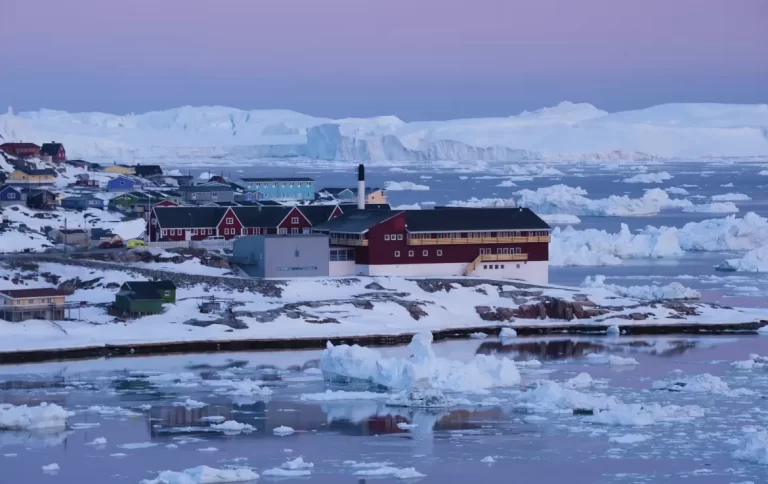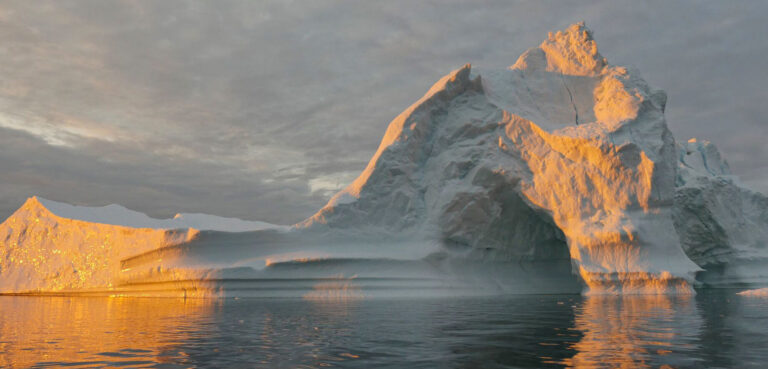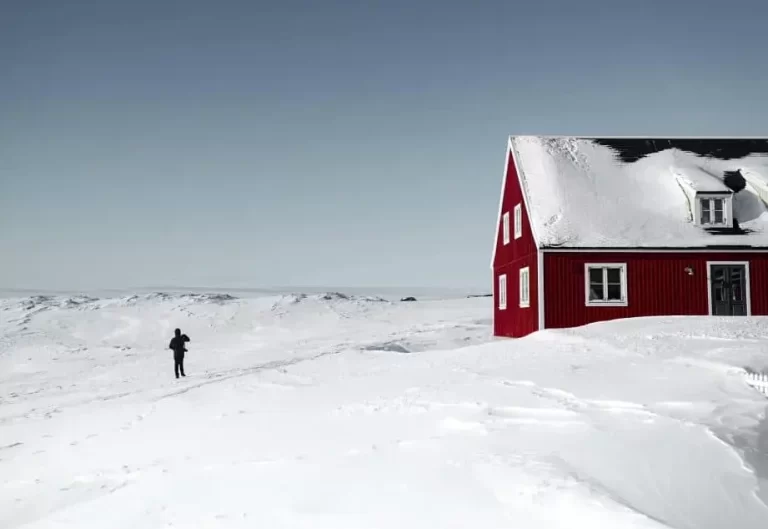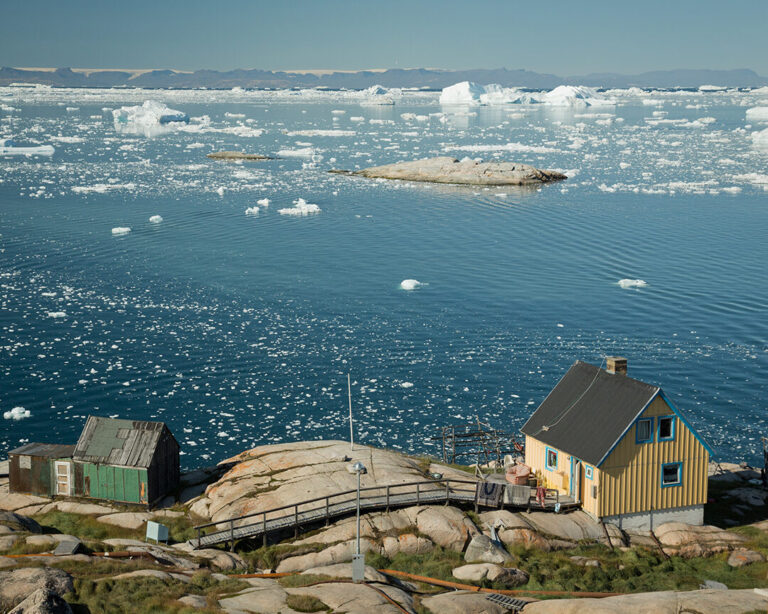Exploring Greenland: What Drives the Economy? A Look at the Main Source of Income

Greenland, the world’s largest island, is a sought-after destination for adventure seekers, wildlife enthusiasts, and nature lovers. It is a place where the unique Inuit culture melts with modernity, creating a distinctive ambiance. The country is located between the Arctic and Atlantic oceans, and it is an autonomous territory within the Kingdom of Denmark. Greenland may not be as famous as its neighbour Iceland, but it’s full of surprises and has an enchanting beauty of its own. In this article, we will be exploring the main source of income in Greenland, which is a question that often pops up when considering a visit to this stunning destination.
Contents
Let’s Talk About Fishing
Greenland’s geographical location and its abundance of marine life make the fishing industry the primary source of income. The country’s economic system is highly dependent on the fishing industry and its related activities. The fishing industry accounts for almost 90% of the country’s export earnings and roughly a quarter of its gross national product. Greenland’s economy is based on a Seafood production industry, which generated a value of 1.3 billion DKK (Danish Kroner) in 2019.
The Types of Fishes that Bring Money to the Country
The two main fisheries in Greenland are shrimp and halibut, which are the dominant species in the country. Cod, crab, and Greenlandic halibut are other commercial species that support the industry. The high demand for shrimp, halibut and other seafood in Europe, Asia, and North America has made the Greenlandic fishing industry a hot commodity. Besides, with global warming, new fishing areas are becoming accessible, and new species are beginning to appear. Therefore, the industry is expected to grow and diversify to include new species like snow crab and Arctic char.
The Tourism Industry Is on the Rise
Greenland received around 35,000 tourists in 2019. It may not seem like much compared to Iceland, which had nearly two million visitors the same year. But tourism is a growing industry in Greenland, with an annual growth rate of about 20%.
Tourism is becoming a critical sector, and it has the potential to diversify the economy beyond fishing. It is a way to introduce the world to Greenland’s unique culture, its breathtaking scenery, and landscapes. The revenue generated from tourism is an excellent supplement to the fishing industry, and it’s on the rise. Tourism accounts for about 3% of the country’s economy and generated a value of 152 million DKK in 2019.
The Prospects of the Tourism Industry
The government of Greenland is investing heavily in developing the tourism sector. The country’s natural beauty, its history, and its culture make it an ideal destination for adventurous travelers. The possibilities for eco-tourism, cultural tourism, and adventure tourism are immense. With the increase in tourists, there has been a corresponding increase in demand for hotels, restaurants, and other services. The government of Greenland is promoting tourism as an alternative to overfishing and depletion of marine resources.
Other Sources of Income
Besides fishing and tourism, there are other sources of income in Greenland, albeit less significant.
Mining
Greenland has a vast reserve of rare earth minerals, precious stones, and metals. These minerals have the potential to be a significant source of income for Greenland’s economy, and the government is promoting exploration and mining. There are several ongoing mining projects in Greenland, including the Kvanefjeld project, which aims to mine rare earth minerals.
Selling of Stamps and Coins
Greenlandic stamps and coins are a popular collectible item, especially for philatelists (stamp collectors). Collectors value some rare Greenlandic stamps and coins high, leading to sales for profit. The administration of postal services of Greenland also earns revenue from the sale of postage stamps and postal services to the public.
Subsidy from Denmark
Denmark is the parent nation of Greenland and provides a considerable amount of funds to help with the running of essential services. The subsidy from Denmark accounts for around half of the country’s gross domestic product.
Wrapping Up Our Exploration of Greenland
To sum up, the fishing industry is the main source of income in Greenland. It brings in the most revenue and supports the country’s economy. However, tourism is a growing industry and has the potential to diversify the economy beyond fishing. Other sources of income like mining, selling of stamps and coins, and Denmark’s subsidy also contribute to the country’s economy, but they are not as significant as fishing and tourism. Greenland is a stunning destination with an exceptional blend of traditional Inuit culture and modernity. It’s a place to discover and explore at a relaxed pace, taking in the natural beauty of its landscapes, wildlife, and deep history.






